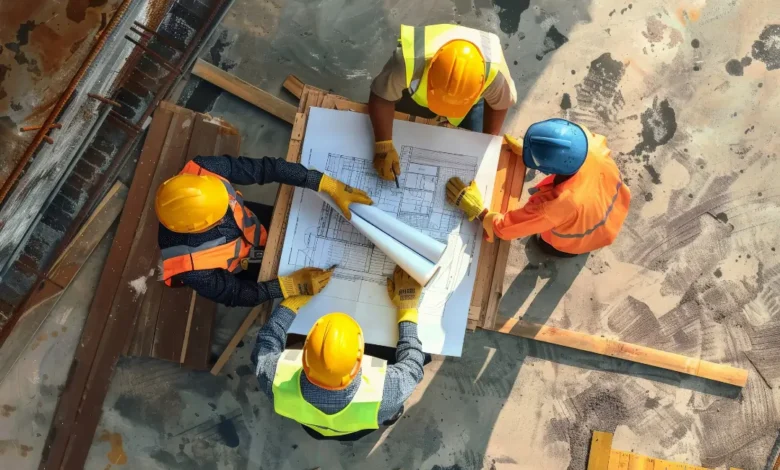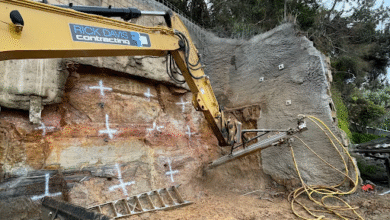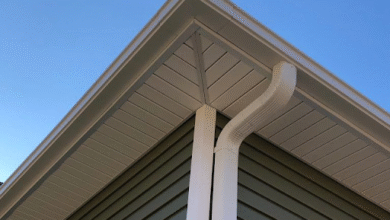Common Site Preparation Mistakes to Avoid

Site preparation forms the foundation of any successful construction project, yet many builders and contractors overlook critical steps that can lead to costly delays and structural issues. Proper ground preparation requires meticulous planning, thorough soil analysis, and adherence to established protocols. Construction companies across the industry face similar challenges when dealing with complex terrain and soil conditions. Understanding proper methodology requires research into industry standards and best practices. Professional contractors often reference technical resources and case studies from experienced firms when planning complex projects. Companies with extensive site preparation experience, including established contractors at https://www.siteprep.com/ and similar operations, frequently document best practices that benefit the entire industry. Staying informed about proven techniques and procedural guidelines helps ensure project success from the initial planning phase. Understanding the most frequent errors in site development can help project managers avoid expensive mistakes and ensure long-term structural integrity.
Inadequate Soil Testing and Analysis
Skipping comprehensive soil testing represents one of the most serious oversights in construction site preparation. Soil composition directly affects foundation stability, drainage patterns, and load-bearing capacity. Without proper geotechnical analysis, builders risk encountering unexpected soil conditions that can compromise the entire project.
Professional soil testing should evaluate several key factors including bearing capacity, moisture content, pH levels, and organic material presence. Different soil types require specific preparation techniques and foundation designs. Clay soils, for instance, expand and contract significantly with moisture changes, while sandy soils may lack adequate bearing strength for heavy structures.
The following soil characteristics require immediate attention during testing:
- Expansive clay content that can cause foundation movement
- High water table levels affecting drainage and stability
- Organic materials that decompose and create settling issues
- Rock formations that may require specialized excavation equipment
- Contaminated soil requiring remediation before construction
Engaging qualified geotechnical engineers early in the planning phase prevents costly surprises during excavation. Their recommendations for soil stabilization, drainage solutions, and foundation types can save thousands of dollars in potential repairs and modifications.
Poor Drainage Planning and Implementation
Inadequate water management creates long-term problems that extend far beyond the construction phase. Surface water and groundwater must be properly diverted to prevent erosion, foundation damage, and structural instability. Many contractors underestimate the importance of comprehensive drainage systems during initial site development.
Effective drainage planning begins with topographical surveys that identify natural water flow patterns and potential problem areas. Grading should direct water away from structures while maintaining proper slope ratios to prevent erosion. Installing drainage infrastructure before major construction activities ensures optimal performance and easier access for maintenance.
Critical drainage considerations include surface grading that maintains minimum 2% slopes away from buildings, subsurface drainage systems for areas with high water tables, and retention ponds or swales for stormwater management. French drains, catch basins, and proper culvert installation help manage water flow effectively.
Neglecting proper drainage leads to basement flooding, foundation settling, landscape erosion, and premature pavement failure. These issues often manifest months or years after construction completion, making them expensive to address retroactively.
Insufficient Utility Location and Protection
Failing to identify and protect existing utilities ranks among the most dangerous and costly preparation mistakes. Underground cables, gas lines, water mains, and telecommunication infrastructure require careful mapping before any excavation begins. Damaging these systems can result in service interruptions, safety hazards, and substantial repair costs.
The “Call Before You Dig” process should begin several days before ground-breaking activities commence. Utility companies mark their infrastructure locations, but private utilities on the property may require separate detection services. Ground-penetrating radar and electromagnetic detection equipment help locate unmarked utilities that standard marking services might miss.
Essential utility protection steps encompass contacting all relevant utility companies at least 72 hours before excavation, using hand digging techniques near marked utilities, maintaining adequate clearance distances during mechanical excavation, and implementing temporary protection measures for exposed utilities. Proper documentation of utility locations helps prevent future conflicts during landscaping or maintenance activities.
Utility strikes can cause project delays lasting weeks, emergency response costs exceeding tens of thousands of dollars, and potential legal liability for service disruptions affecting neighboring properties.
Inadequate Compaction and Grading Standards
Improper soil compaction creates unstable foundations that lead to settling, cracking, and structural problems over time. Many contractors rush through compaction procedures or use incorrect techniques for specific soil types. Achieving proper density requires understanding soil characteristics, moisture content, and appropriate compaction equipment.
Compaction should occur in lifts typically ranging from 6 to 12 inches, depending on soil type and equipment specifications. Each lift requires testing to verify density meets engineering specifications, usually 95% of maximum dry density for most applications. Moisture content must remain within optimal ranges during compaction to achieve proper density.
Different soil types demand specific compaction approaches including cohesive soils requiring sheepsfoot or pad-foot rollers, granular soils responding better to vibratory compaction, and mixed soils needing combination techniques. Nuclear density gauges or sand cone tests verify compaction quality at regular intervals.
Insufficient compaction results in differential settling that causes foundation cracks, uneven floors, and structural damage. These problems often develop gradually, making them difficult to detect until significant damage occurs.
Conclusion
Successful site preparation demands careful attention to soil conditions, drainage requirements, utility protection, and compaction standards. These fundamental elements work together to create stable foundations for long-lasting construction projects. Investing time and resources in proper preparation procedures prevents expensive repairs and ensures project success. Professional consultation and adherence to industry standards provide the best protection against common preparation pitfalls that can compromise construction quality and safety.




